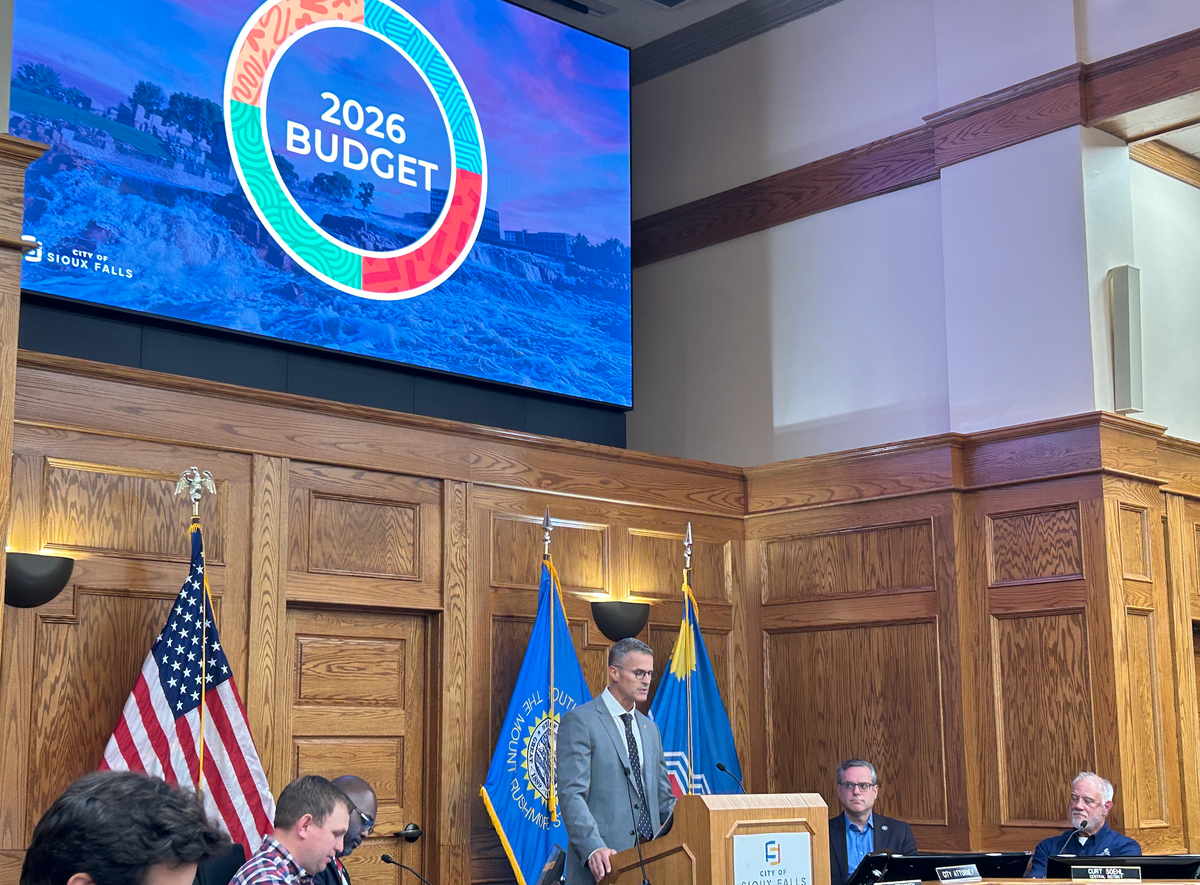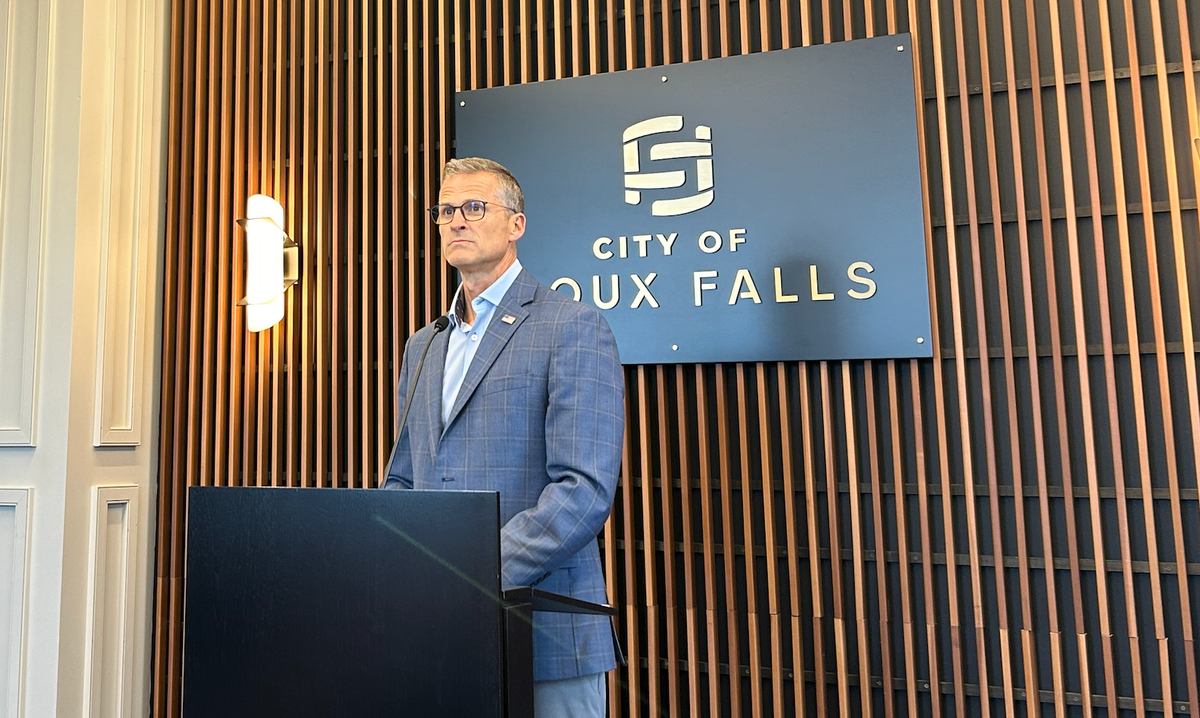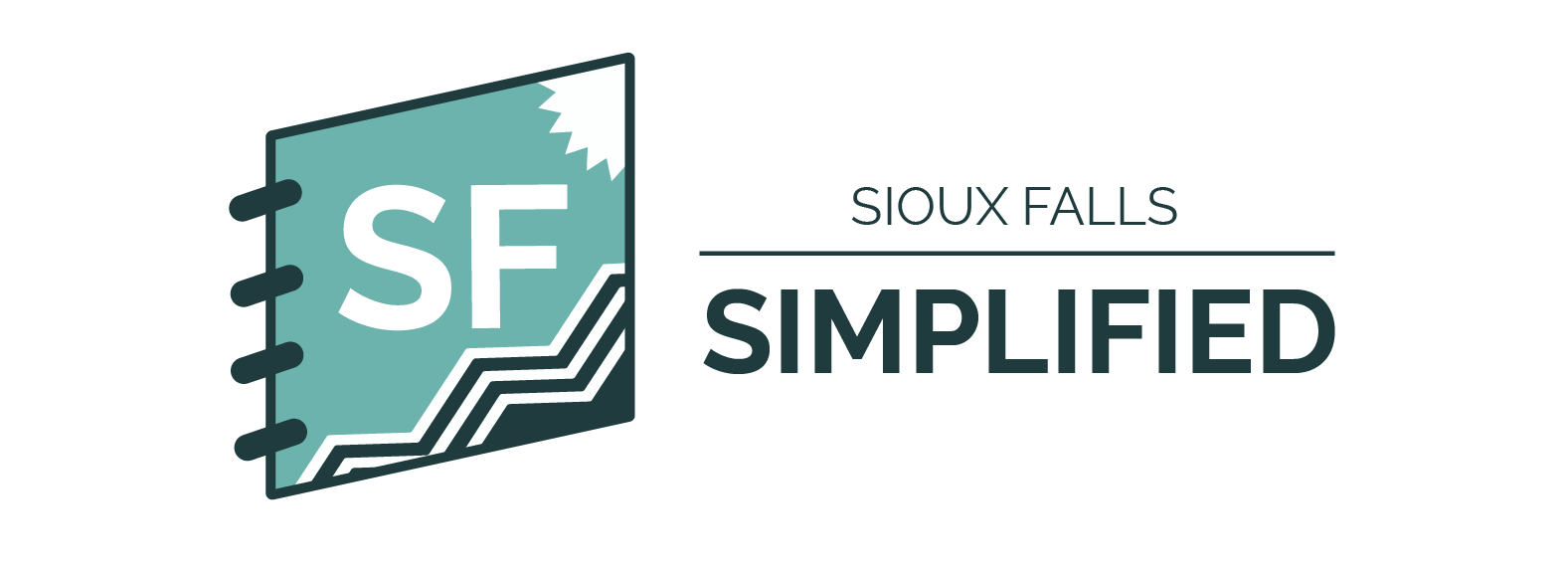Simplified: The City of Sioux Falls' annual budget is more than $770 million, and, as you'd imagine, it's a fairly complex process to put it all together. Here's your one-stop guide to understanding how the budget process works, what's included and how you can have a seat at the table when decisions are made.
What's in the city budget?
The city budget is the document that guides all city spending over the course of a year. It also includes a five-year capital plan looking at long-term investments in things like infrastructure, parks and city facilities.
The budget – much like any budgets you set at home – has two main components: revenues and expenses.
Revenues include funding the city receives from taxes. There are four main sources of tax revenue collected:
- Property tax revenue, which in 2026 is expected to bring in about $97.3 million,
- General operations sales tax revenue (also sometimes called the "1st penny" sales tax).
- Capital project sales tax revenue (also sometimes called the "2nd penny" sales tax) The 2026 budget estimates $100 million for both 1st and 2nd penny revenue.
- Entertainment tax revenue, which next year is expected to bring in $12.6 million.
- The city also collects revenue from other sources, including utility payments for things like water, wastewater, landfill, public parking. Those make up about 20% of the annual budget.
Expenses are essentially the costs of doing business for city government. That's everything from rebuilding roads to paying police officer's salaries to investing in parks and other city services.
The city budget typically breaks down expenses into categories by city department. Those include:
- Public safety (police and fire departments)
- Highways and streets,
- Culture, recreation and entertainment
- Public health,
- Planning, development and housing
- General government (mayor's office, city attorney, city council, human resources, essentially any other folks who are working at City Hall or City Center that don't fall into other departments listed.)
How can I share my input?
There are opportunities for public comment at each city council meeting – including the budget hearings throughout the month of August. (Find the latest council meetings here.)
If you're unable to attend those meetings in-person, you can also offer your feedback by reaching out directly to the members of the city council. You'll find their email and phone numbers here.
- Additionally, if you'd like to reach out to the mayor's office, you can email mayor@siouxfalls.gov.
What's the process for putting the budget together?
City departments begin putting their budgets together internally months before they're ever shared publicly.
Then, these different city department budgets are compiled into the mayor's proposed budget, which is unveiled each summer during the mayor's annual budget address.
Once the mayor has put his proposed budget out there, it's then up to the city council to make the final decisions.
- The council has several meetings throughout the month of August in which they hear from individual city departments about their needs for things like more funding, more employees, etc.
Once the council has heard from each department, it's up to councilors to determine any changes to the mayor's proposed budget.
- These changes will occur during public meetings, and residents have a chance to have their voices heard during the public comment period at both the first and second readings of the budget before it gets final approval.
This year, the first reading is scheduled for 6 p.m. Tuesday, Sept. 2 at Carnegie Town Hall.
What should I know specifically about the 2026 budget?
You can get a more in-depth look at the mayor's proposed 2026 budget here:

Additionally, Mayor Paul TenHaken has repeatedly emphasized the projected impact property tax relief will have on Sioux Falls' bottom line. In anticipation of fewer revenues, he's proposing cutting services that will impact quite a few (if not most/all) Sioux Fallsians – including reducing library hours, longer times to plow streets, less support for social services and more. You can learn more about that here:

Be sure to sign up for Sioux Falls Simplified's weekly email newsletter to get the latest information on the budget process as it unfolds.




